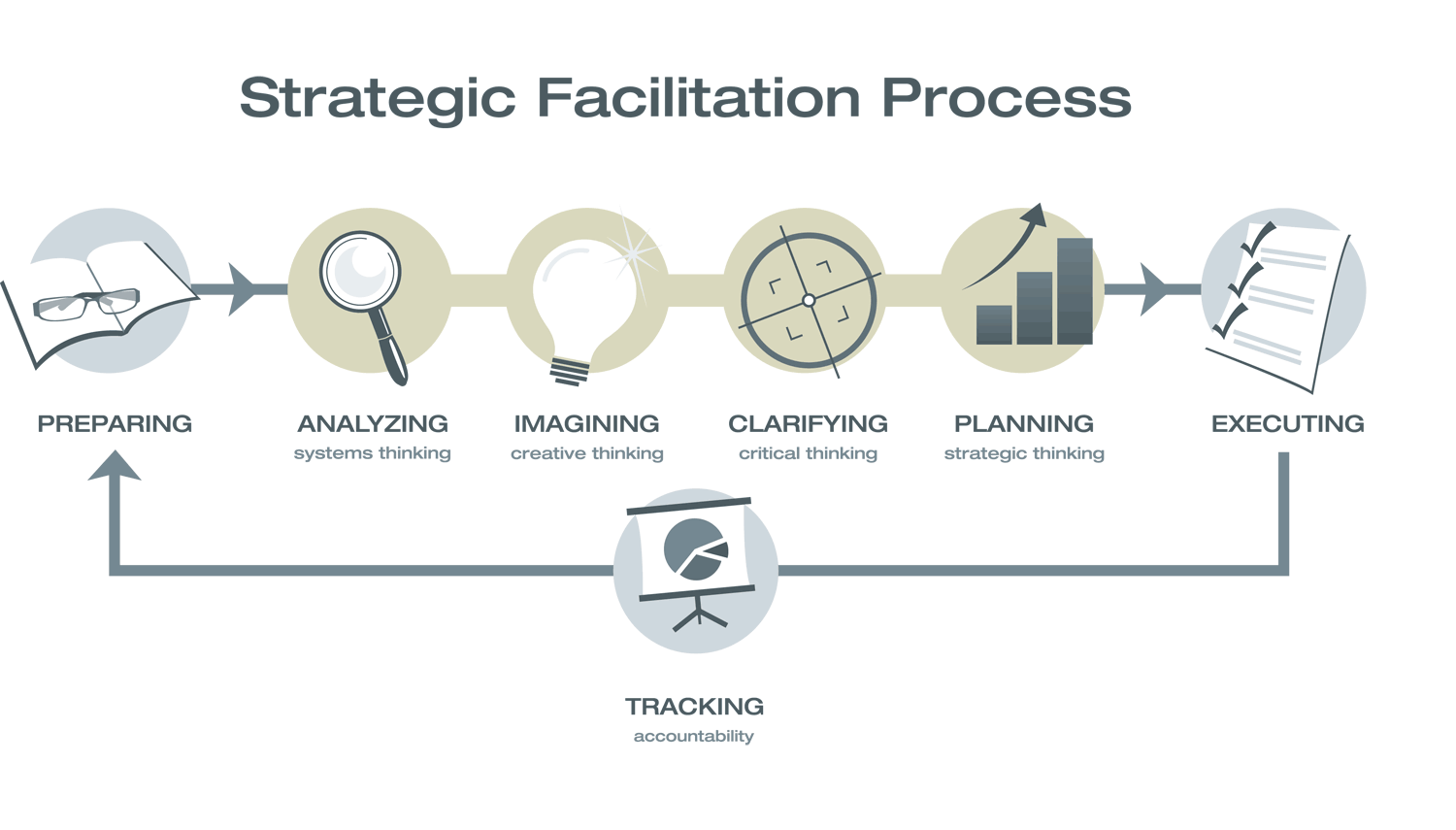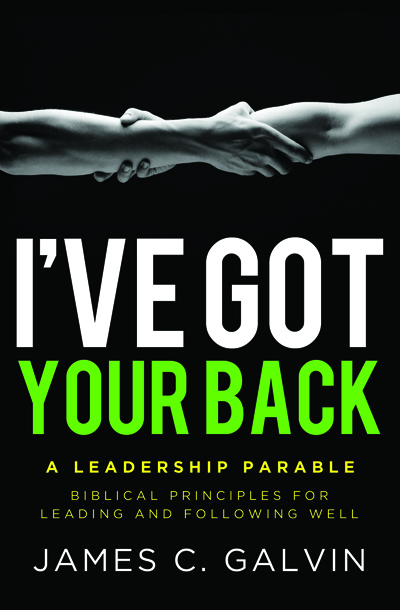Who we involve
We work closely with you to make sure the right people are engaged in the process.
- Boards
- Executive teams
- Key leaders
- Special task forces
What we do
We work closely with you to design a customized experience to meet your goals for organizational change and meaningful results. Our focus is on developing a clear plan for moving the organization forward. In short, we help people connect, communicate, think together, plan, and do.
- Analyze the organizational challenges
- Clarify the goals to be achieved
- Design the strategy formation experience
- Prepare the selected participants
- Set ground rules for productive conversation
- Facilitate a retreat or series of team meetings
- Formulate a clear action plan for moving forward
- Establish a tracking system for accountability
- Provide coaching for effective execution
How you benefit
Every organization presents unique challenges for leaders. Use us when you want assistance…
- Releasing potential
- Exploiting opportunities
- Improving effectiveness
- Building capacity
- Recalibrating direction
- Achieving breakthroughs
Approach
Here is a “look under the hood” at the basic model of strategic facilitation we use when designing customized planning meetings, retreat experiences, and periodic strategic reviews.

![]()
In phase one we work together with you to clarify the desired outcomes and design a customized meeting plan to achieve them. This is where we “do our homework” on your organization and get up to speed on your current situation. We also create an appropriate assignment to prepare all the participants so they arrive warmed up and ready to engage.
![]()
In phase two we begin the meeting or strategy session by setting ground rules for participation. Then we apply systems thinking skills for gaining a thorough understanding of the current situation. Systems thinking deepens the analysis and allows participants to surface cause and effect relationships within the organization which are sometimes difficult to detect.
![]()
In phase three we move into imagining a better future. Here is where we apply creative thinking skills to imagine new possibilities. This is where we help people think outside the box. This becomes more productive when effective analysis has been completed.
![]()
In phase four we take the creative possibilities that were generated and judge their relative merit. We are looking for the most highly leveraged solutions for moving the organization forward. We use critical thinking skills for this work of decision-making. This point is often where the group gains clarity on the best path to choose.
![]()
In phase five we move into action planning. We use strategic thinking skills to build a plan to get you from where you are to where you want to go. Action planning is difficult to do when you are not clear on the best path forward. But when you have considered many different possibilities and selected the best possible solution, your team will be able to plan together with increased confidence.
![]()
In phase six the meeting is concluded and you move to execution of the strategy. Far too often, good strategies fall apart because people go back to the office and become buried under other urgent work. The changes everyone wanted to make are never realized. Getting better results requires disciplined execution of robust strategy.
![]()
In phase seven we track progress toward the goals. We install a process of monitoring progress to make sure you have the appropriate level of accountability in place. This is where we provide ongoing support and coaching. A regular strategic review provides feedback on progress and informs the next cycle of the process.


